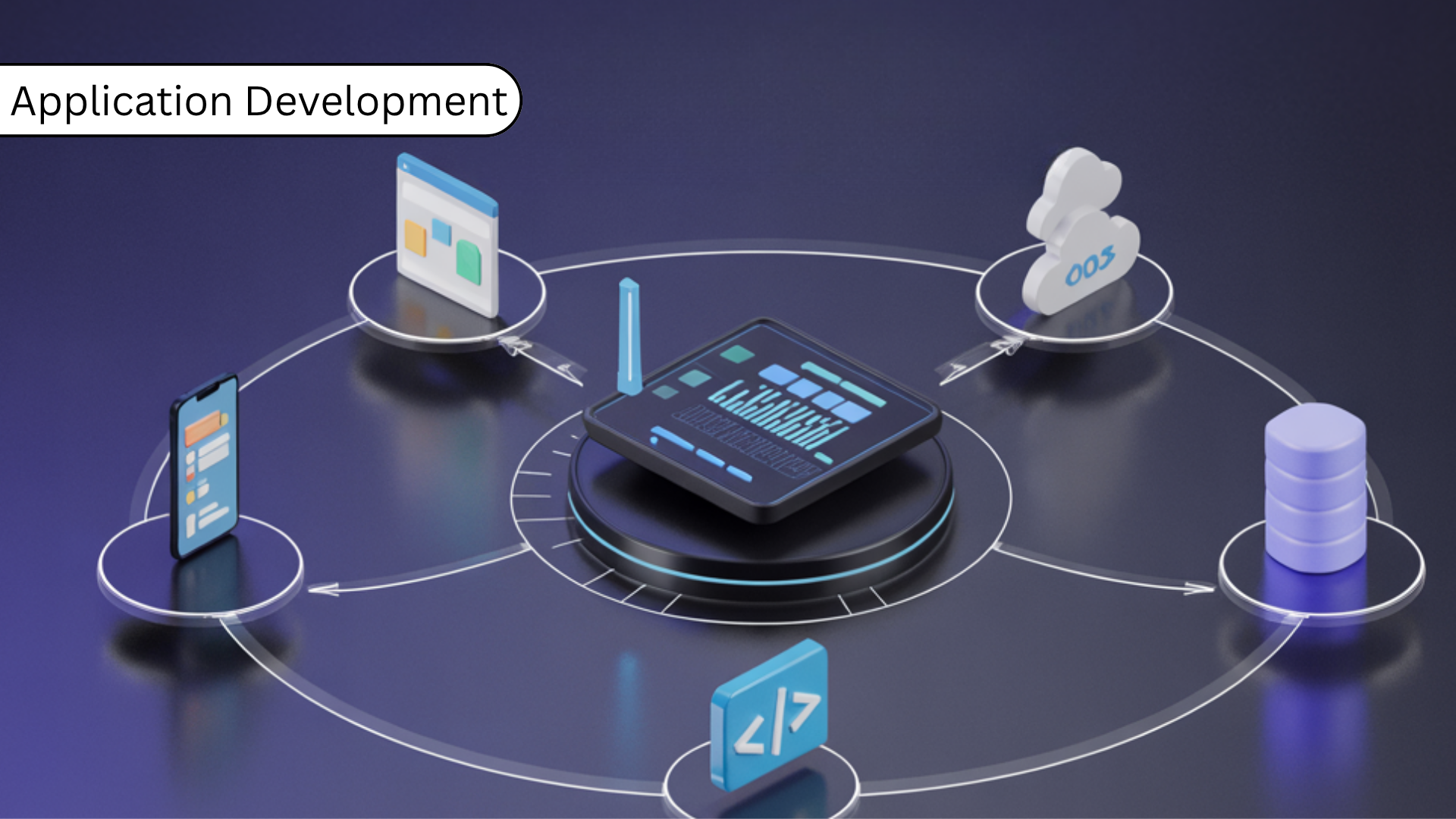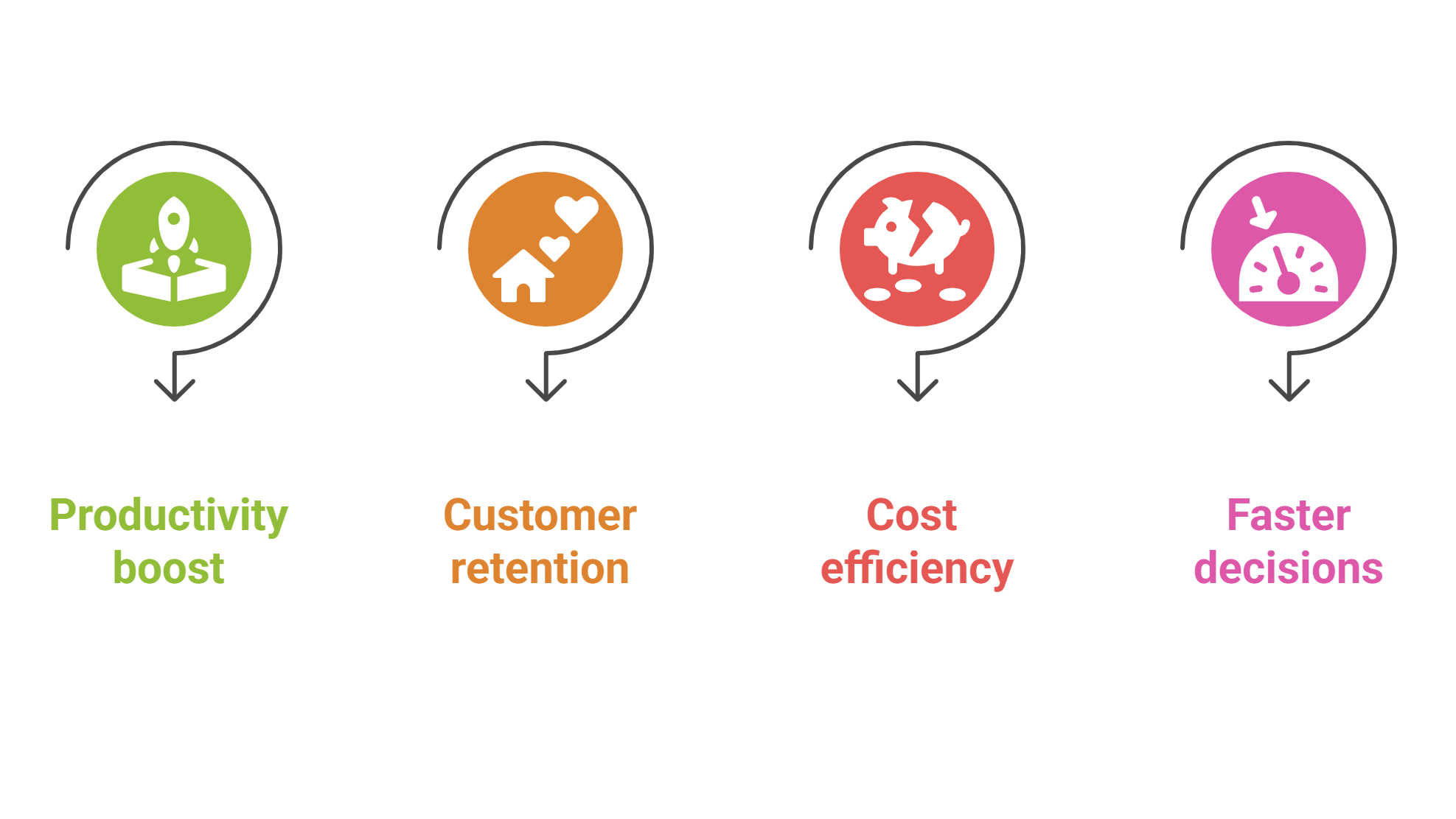
In today’s rapidly evolving digital economy, Application Development Services have become essential to achieving meaningful business transformation. From streamlining operations to enhancing customer engagement, companies across the globe now rely on these services as foundational tools for staying relevant and competitive.
Because businesses in 2025 face higher user expectations, increased security demands, and the need to release products faster than ever, application development services are no longer optional—they are vital. Whether you’re a startup building a minimum viable product, a mid-sized company launching a mobile-first strategy, or a global enterprise undergoing digital transformation, these services offer the structure, flexibility, and innovation required to succeed.
This comprehensive guide explores every critical element—from what application development services entail to how they deliver real business results.
What Are Application Development Services?
Simply put, Application Development Services refer to the complete, end-to-end process of building software applications tailored to specific business requirements. These services combine technical proficiency with strategic planning to create scalable, secure, and user-friendly digital products.
They typically include:
- Web applications such as SaaS portals, e-commerce platforms, and content management systems
- Mobile applications for Android, iOS, or cross-platform environments
- Cloud-native applications that offer elastic scaling and improved fault tolerance
- Custom enterprise software used for internal functions like HR, finance, or supply chain
- API integration and middleware development for connecting third-party services
As a result, what makes these services essential in 2025 is the ability to align each application not just with technological trends but with clear business goals. In fact, a well-designed and professionally developed application becomes more than software—it becomes a growth engine. Consequently, it empowers teams and increases the organization’s digital maturity.
Moreover, having tailored digital tools enables companies to remain agile and responsive to ever-changing market demands.
Why Businesses Rely on Application Development Services
Organizations of all sizes and sectors invest in Application Development Services to gain competitive advantages, improve internal operations, and meet ever-growing customer demands. Moreover, these services empower businesses to innovate faster and scale smarter.
Here’s how:
- Task Automation: Applications can automate core functions such as payroll, inventory tracking, employee onboarding, and customer support.
- Digital Experience Enhancement: Personalized user interfaces and targeted features keep customers engaged and satisfied.
- Remote Collaboration Support: With custom tools and dashboards, remote teams can work more efficiently and with better oversight.
- Mobile-First Services: Applications allow businesses to reach customers where they are—on mobile devices—with seamless performance and native-like interfaces.
Therefore, when deployed strategically, custom applications turn into competitive assets that drive both top-line growth and bottom-line efficiency. In addition, these services support long-term scalability.
Furthermore, having tailored applications reduces dependence on off-the-shelf software and enhances operational control.
Real Business Outcomes From Application Development Services
It’s important to understand that companies that implement custom applications through professional Application Development Services experience a variety of measurable outcomes. Furthermore, these outcomes support both IT and business goals.

- Productivity Boost: Teams save time and reduce errors through automated processes and intuitive interfaces.
- Increased Customer Retention: Personalized experiences and responsive design lead to better user satisfaction and higher engagement rates.
- Cost Savings: Eliminating manual tasks and optimizing resource allocation directly impact the bottom line.
- Data-Driven Decisions: Integrated analytics and visual dashboards help decision-makers act on real-time insights.
Because these are not theoretical benefits—they are proven, measurable results realized across industries from manufacturing and logistics to retail and healthcare. Therefore, investment in these services offers strong ROI.
Also, businesses with data-backed apps often outperform those without them in terms of strategic agility.
Application Development Lifecycle Explained
Clearly, the success of an application often depends on how well it is planned and executed. Professional Application Development Services follow a proven lifecycle that ensures every stage—from ideation to deployment—is performed with precision and adaptability. Moreover, following this lifecycle enhances quality control and transparency.
1. Discovery and Requirements Gathering
This initial phase sets the direction for the entire project. Business analysts, stakeholders, product managers, and technical leads collaborate to define the project’s goals, user personas, key features, and technical constraints.
Key elements of this stage include:
- Business objective alignment
- User journey mapping
- Competitive analysis
- Budget and timeline planning
- Prioritization of features based on impact
Ultimately, proper discovery ensures that the team builds not just an app—but the right app. In addition, this step prevents scope creep and cost overruns.
Additionally, this phase helps secure stakeholder buy-in and sets measurable KPIs.
2. UI/UX Design
Once goals are clearly defined, the focus shifts to user interface and user experience. This design stage ensures the app is not only functional but also intuitive and enjoyable to use.
Design teams use tools like Figma, Adobe XD, and Sketch to:
- Create wireframes and user flows
- Build interactive prototypes for feedback
- Ensure design responsiveness across devices
- Meet accessibility guidelines (e.g., WCAG 2.1)
Consequently, good design isn’t just visual—it improves engagement, reduces bounce rates, and boosts conversion. Moreover, it supports accessibility compliance.
Because the first impression matters, excellent UI/UX often determines an app’s success.
3. Technology Stack Planning
Selecting the correct technology stack is vital for performance, scalability, and ease of future upgrades. Tech leads assess existing systems, integration needs, and the desired user experience to choose the best tools.
Typical modern stacks include:
- Frontend: React.js, Vue.js, Angular
- Backend: Node.js, Django, Ruby on Rails
- Databases: MySQL, MongoDB, PostgreSQL
- Mobile: Flutter, React Native, Swift, Kotlin
- Cloud: AWS, Microsoft Azure, Google Cloud
This step lays the groundwork for speed, reliability, and flexibility in application performance. As a result, it becomes easier to maintain and scale the product.
In addition, the right stack minimizes technical debt and improves maintainability.
4. Agile Development Process
Today, Application Development Services in 2025 are dominated by agile practices. Developers break the project into smaller, manageable sprints, which deliver shippable features and allow for regular feedback.
Core practices include:
- Daily stand-ups and sprint reviews
- Version control using Git
- Continuous integration and deployment
- Modular and test-driven development
Thus, agile ensures faster development cycles, reduced risk, and improved alignment with changing requirements. Additionally, it empowers client involvement throughout the process.
Agile also fosters a feedback-driven environment that leads to better product-market fit.
5. Quality Assurance and Testing
Before launch, rigorous testing is carried out to ensure the application works as intended and remains secure and stable.
Testing types include:
- Unit Testing
- Functional and Regression Testing
- Integration Testing
- Security and Load Testing
- User Acceptance Testing (UAT)
QA tools such as Selenium, Appium, Jest, Postman, and JMeter are used to automate and validate each layer of the app’s performance. As a result, fewer post-launch issues arise.
Additionally, proactive testing helps prevent downtime and improves user trust.
6. Deployment and Monitoring
Finally, with quality confirmed, the app is deployed using CI/CD pipelines and hosted on secure cloud environments.
Post-deployment actions include:
- Real-time monitoring for uptime and errors
- Logging user behavior for analytics
- Ongoing performance optimization
- Regular updates and patches
As a result, DevOps teams take over to manage the infrastructure, ensuring continuous improvements and zero downtime where possible. Furthermore, users enjoy a more reliable experience.
Real Project Case Study: HR Automation App
Objective: Centralize HR operations and enable mobile access for employees across regions
Challenges Faced:
Fragmented legacy systems across departments
Manual processing of payroll and onboarding
Limited analytics and reporting
Solution Delivered:
Hybrid mobile app built using Flutter for both Android and iOS
Integration with SAP HRMS for backend synchronization
Custom Power BI dashboards for role-based access and insights
Cloud-hosted infrastructure on Microsoft Azure
Results Achieved:
Onboarding processes became 35% faster
Achieved 98.7% uptime globally
Real-time HR data improved workforce management and compliance
Accordingly, this is a prime example of how Application Development Services create business impact beyond just technology. Furthermore, it highlights cost savings and scalability.
Trends Shaping Application Development in 2025
Staying current with industry trends helps businesses future-proof their applications. Here’s what’s influencing development strategies this year:
AI-Powered Development: From AI-assisted code writing to intelligent testing and personalization, artificial intelligence reduces time and improves software quality.
Low-Code and No-Code Platforms: Business users can now create functional apps without writing code, reducing bottlenecks and increasing agility.
Progressive Web Applications (PWAs): PWAs deliver native-like experiences in a browser, making them ideal for fast-loading, mobile-first experiences.
Voice-Enabled Apps: Apps supporting voice commands improve accessibility and enhance user interaction.
Edge Computing: By processing data near the user, edge computing reduces latency and improves response time for critical applications.
Blockchain Integration: Secure, decentralized applications are becoming common in finance, supply chain, and legal sectors.
Cloud-Native and Microservices Architectures: These architectures allow faster updates, fault isolation, and independent scaling of components.
DevSecOps Integration: Security is built into every phase of development, improving risk management and speeding up compliance.
Real-Time Data Processing: Apps can now analyze and respond to live data, powering everything from stock trading platforms to IoT devices.
As a result, companies adopting these trends stay ahead of competitors. In addition, these strategies drive innovation.
Conclusion
In 2025, Application Development Services are no longer a “nice-to-have” luxury—they are the foundation for operational efficiency, digital transformation, and customer satisfaction. Because technology and market demands evolve constantly, the right application development approach ensures your business not only keeps pace but leads the way.
By working with experienced professionals and following a structured development process, companies can build secure, scalable, and high-performance apps that provide long-term value. Whether you’re automating HR, launching a mobile app, or building the next big SaaS platform, investing in Application Development Services gives you the edge you need.
Now is the time to act—because digital success doesn’t wait. Furthermore, early adoption brings compounding returns.
FAQs
What are the most popular tools for application development in 2025?
Frameworks like React, Flutter, Django, and development tools like GitHub Copilot, Figma, Jenkins, and Azure DevOps are widely used.
How much does it cost to develop a mobile application?
A basic mobile app may cost between $10,000–$25,000, while complex enterprise apps often exceed $100,000 depending on features and integrations.
How long does it take to develop a custom application?
Depending on scope and complexity, timelines range from 6 to 12 months.
Can I scale my app as my user base grows?
Yes. Applications developed with scalable architectures and modular design patterns can easily handle user growth and new feature demands.
Are application development services secure?
Absolutely. Professional services follow OWASP guidelines, conduct code audits, and use encrypted communications to ensure app integrity and security.

